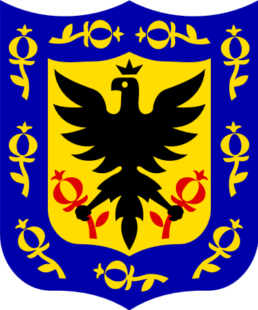In Bogota, a project is greening the city’s surrounding mountains through conservation, restoration, and sustainable land management to secure water supplies for its people.
Bogota is strategically increasing vegetation cover and removing invasive species that negatively impact the water cycle through the Chingaza-Sumapaz-Guerrero Conservation Corridor. Launched in 2014, the project is a means to ensure water security in the city, with 184.4 hectares going through a restoration process and 164.5 hectares going through a reconversion process. Sixteen micro watersheds and more than 12 municipalities were identified as critical focal points. Research is underway on plants that can absorb higher quantities of water, and vegetation cover is increasing. By buffering high mountain ecosystems, more water is able to be absorbed naturally and flow to the reservoir for storage.
Local communities are included in the planning process and encouraged to take ownership of their water resources. Through education on sustainable land management and training on risk and impact analysis, fewer pesticides are being used and pressures have been reduced on the water supply.
49,807 trees planted as part of the project
The challenge
Bogota, a city situated at an elevation of 2,640 meters, is surrounded by mountains that contain the water supply for approximately 80% of its inhabitants. Water supply is already under threat because of mining and farming, without taking into account the consequences of climate change, but Bogota is securing its water supply through the Conservation Corridor, restoring ecosystems to increase the natural capture and storage of water, and including local communities in the process.
Co-benefits
Economic By restoring the existing natural water supply, Bogota avoids the cost of pumping water from sources at lower elevations and expanding infrastructure.
Environmental New protected areas were declared in the mountains surrounding the city to ensure the continuous maintenance of the improved ecosystems.
Social The project included the participation of 1,827 mountain inhabitants in the planning process and sustainable productive practices, enhancing the quality and quantity of local food production.
About Bogotá
Bogotá is the capital and largest city of Colombia administered as the Capital District. The city is located in the center of Colombia, on a high plateau known as the Bogotá savanna and is the political, economic, administrative, industrial, artistic, cultural, and sports center of the country. The city’s airport, El Dorado International Airport, named after the mythical El Dorado, handles the largest cargo volume in Latin America, and is third in number of people.


